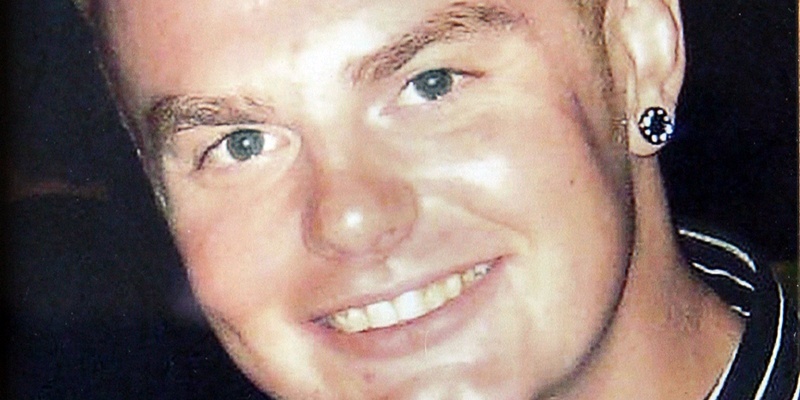The father of the Fife man killed in the New Zealand mine blast last November has spoken of his family’s bewilderment at revelations that he and his colleagues might have survived the first explosion.
Malcolm Campbell’s son, also Malcolm (25), was one of two Scots who died in the Pike River mine tragedy. He and Pete Rodger (40), of Perth, perished with their 27 colleagues when two blasts ripped through the Greymouth pit.
An inquest in January concluded all 29 men died in the first blast on November 19, but new images from a camera inserted deep into the mine have cast doubt on that. The pictures show a fully-clothed miner lying next to an open box of fire extinguishers.
The emergence of the photographs has prompted questions from family members as to whether rescuers should have gone into the mine after the first blast. It was only after the second methane blast, on November 24, that hopes were dashed of finding anyone alive.
Mr Campbell, of Cameron, near St Andrews, said, “We feel bewildered that this has come out now and not before. We are still trying to come to terms with what happened and this opens up the wounds again.
“We feel we have been lied to. It doesn’t really make a difference whether they died on the 19th or the 24th, but we were told they definitely died on the 19th and we all believed that.”
Mr Campbell, who is getting regular updates from New Zealand, is now questioning whether rescuers could have saved his son, who had been preparing to marry a month after the disaster.
“They could have been in there earlier. A lot of the boys say there was a window of opportunity and I think they missed it.”
Meanwhile, state-owned mining company Solid Energy, which wants to buy the mine, has voiced its intention to recover the bodies, but there were warnings that could take many more months.
Mr Campbell said, “In the meantime we are sitting in limbo. We have no body and we have had no closure. All we want is to get Malcolm out, bring him home and put him to rest.”
The pictures from the mine are from police laser scans taken in February, which were analysed in Australia.
Briefing families, Assistant Commissioner Grant Nicholls said, “A series of videos was taken via borehole 47 in February. Initially it was unclear as to the nature of an object in the mine and it appeared after Electronic Crime Laboratory enhancement improbable that the image was that of a body.
“To be sure, police requested that Dr Martin Sage, a senior forensic pathologist, view the video images and make an expert opinion on one of eight images. Dr Sage indicated last week that in his view the shape is suspiciously like that of a body. A review yesterday of a scan of the same location has located an image consistent with that reported by Dr Sage.
“An important next step is to arrange with a suitable expert in technology to enhance further the scan images so better information is available to police. It is important to note the images we have are not that clear.”
A royal commission of inquiry into the blast has been delayed and is now due to start on July 11.
